Get ready to embark on an enchanting journey. Dive deep into the world of turtles, one of the oldest reptile families on earth. With 300 distinct species, the diverse ‘Kinds Of Turtles’ offers enormous scope for exploration.
Understanding Turtles: An Overview
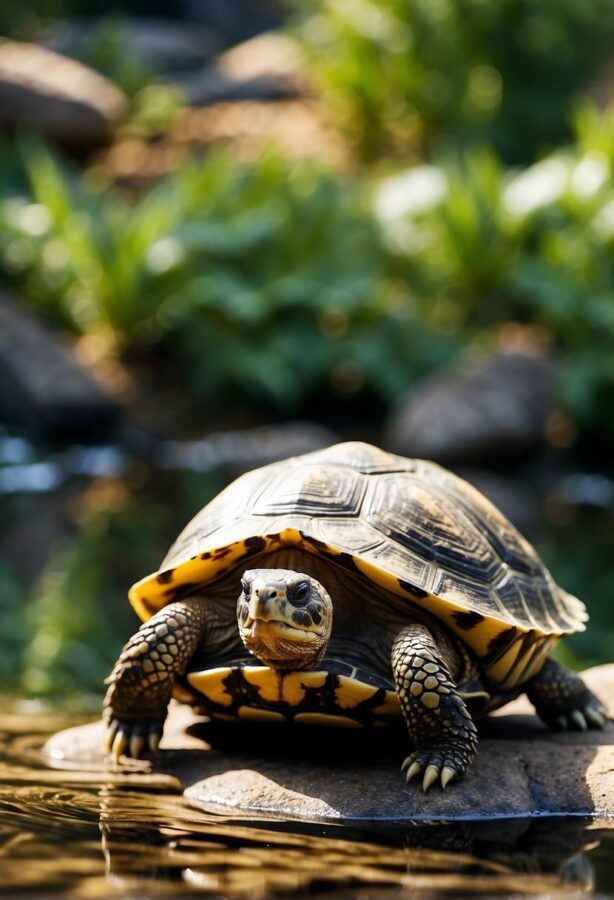
Let’s first familiarize ourselves with the primary categories, namely ‘turtles’, ‘tortoises’, and ‘terrapins’. Remember, these classifications might slightly differ based on geographical locations and language preferences. But in general, these three categories form the core of the ‘Kinds Of Turtles’.
Turtles and Their Size
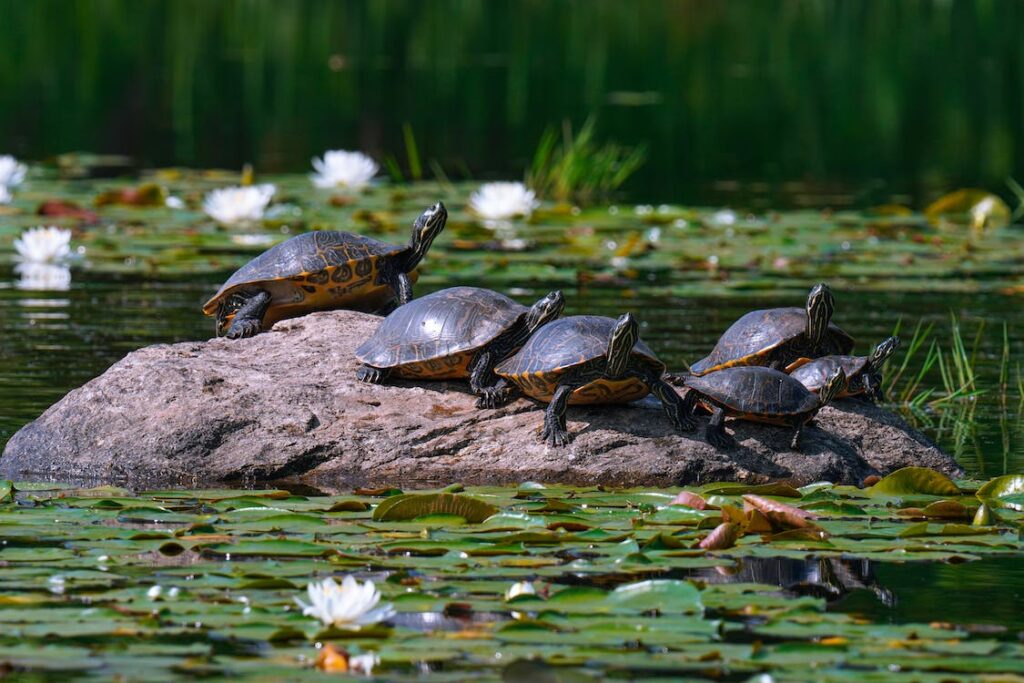
In terms of size, turtles present a fascinating array – from miniature ones just a few inches in size, to giants stretching several feet. The Galapagos Islands boast giant tortoises, while the oceans home vast sea turtles like the Leatherback, identifiable as the largest of all turtle species.
The Loggerhead, another noted sea turtle generally grows to 4 feet long and munches on crabs, sea urchins, and sponges. Unlike their land counterparts, most sea turtles possess paddles or flippers, making on-land navigation difficult for them. Yet, female sea turtles find their way to the shore for laying eggs.
Exploring the Kinds Of Turtles
Softshell and Mud Turtles
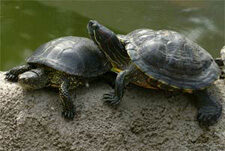
Softshell turtles, adored for their culinary value, spend most of their time burrowed in the mud. Several water-loving hard-shell species also live in mud, thereby creating the category rightfully named Mud Turtles. While some species are purely carnivorous, others sport omnivorous diets.
Pond Turtles: A Popular Choice
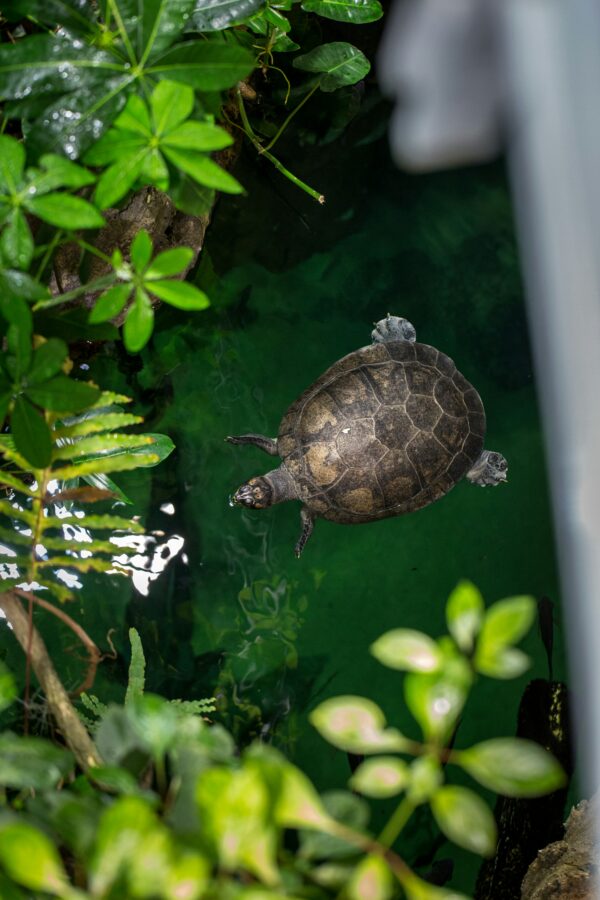
Pond turtles, often found as pets, are generally smaller than sea turtles. Simplifying the various ‘Kinds Of Turtles’, we can list them as:
- The Red Eared Slider
- The Spotted Turtle
- The Eastern Box Turtle
These turtles are a preferred pet choice owing to their affable nature. However, the three species of snapping turtles pose challenges as pets due to their size and strength.
Pet-Friendly Species
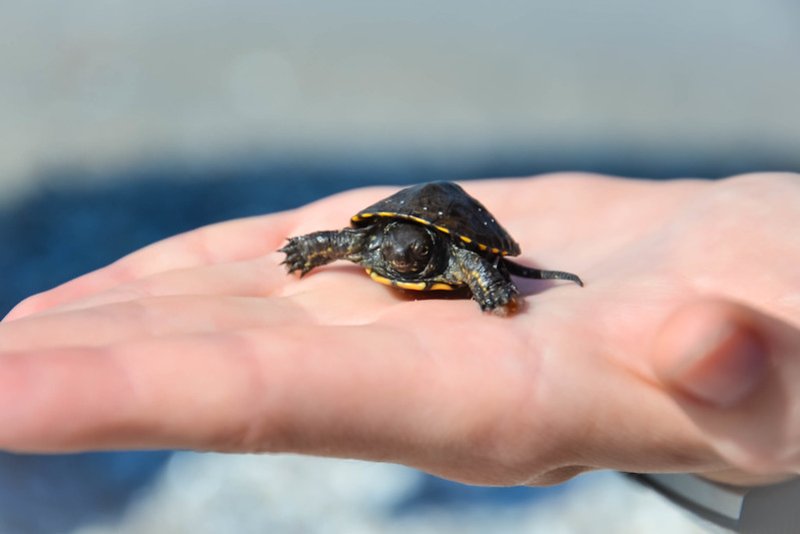
Among pet-friendly kinds of turtles, the Red Eared Slider enjoys notable popularity. Dubbed as intelligent and social creatures, they have an inclination towards dogs and cats. A mention-worthy characteristic of these turtles is their knack for escaping from seemingly secure spaces!
A compatriot in the pet world is the Reeves turtle, adored for its “quirky” personality. Speaking to an owner might unveil the secret behind the “quirkiness”.
In conclusion, the world of turtles, indeed, offers a mesmerizing journey. Today, preserving various kinds of turtles necessitates safeguarding their habitats. Let’s partake in this mission and play our part in maintaining a stable turtle population.